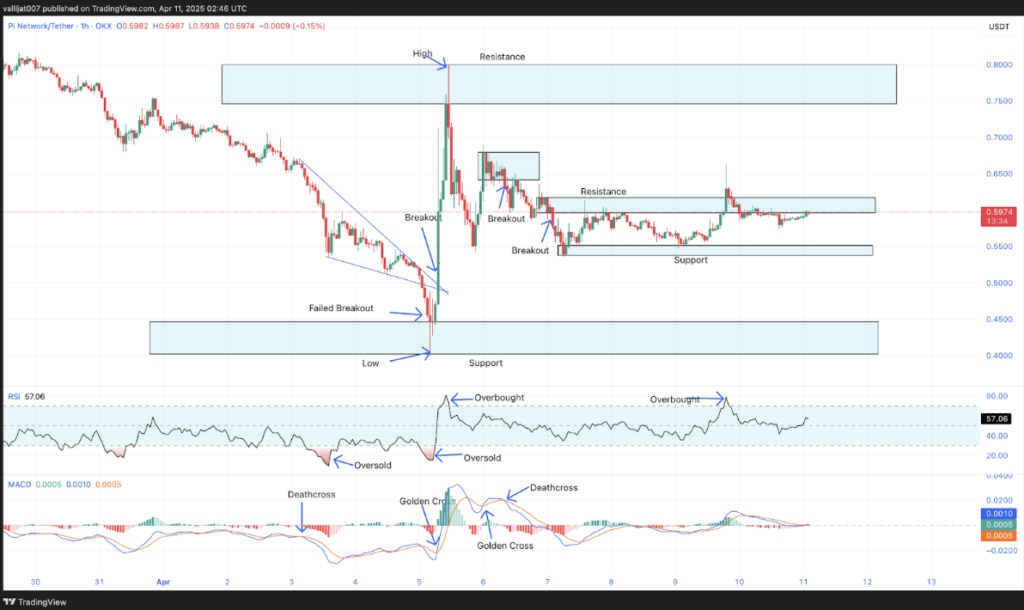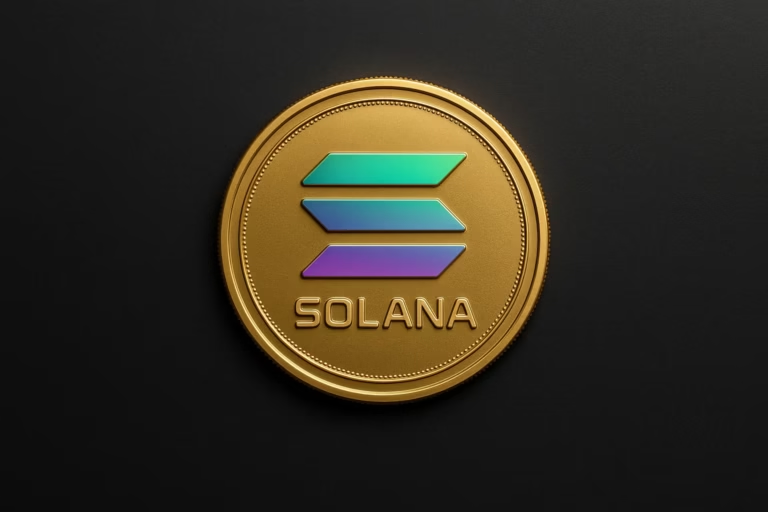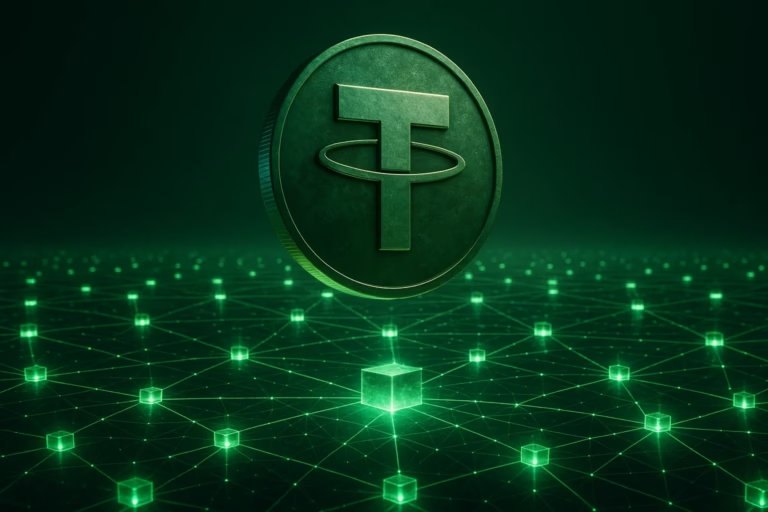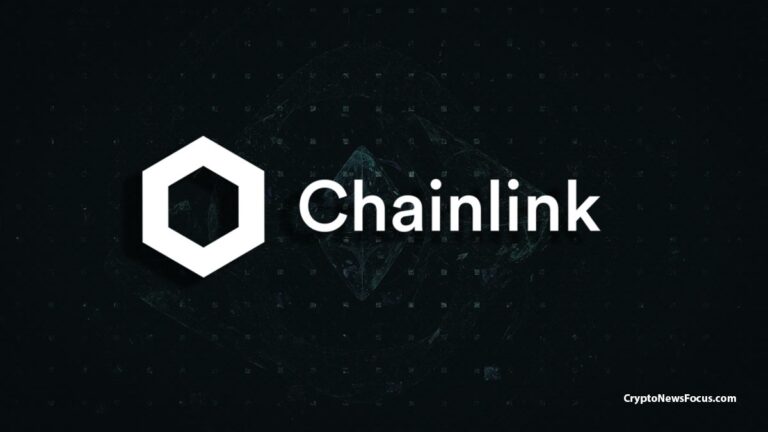
- Pi Coin is showing signs of a strong comeback driven by several factors with analysts predicting it could reach $3 again.
- A possible token burn strategy by the Pi Foundation could tighten supply and boost investor confidence
After weeks of downward pressure, Pi Coin (PI) is beginning to stir optimism once again in the crypto community. Once hailed as a groundbreaking mobile mining initiative, the Pi Network faced harsh scrutiny as prices tumbled and early adopters—dubbed Pioneers—began questioning the long-term value of their holdings. But now, momentum is slowly rebuilding. Analysts are pointing to four critical factors that could push Pi back to the $3 mark.
Also Read: Once the Future of Crypto, Pi Network Now Struggles at $0.50 Amid Investor Doubts
1. Global Macroeconomic Shifts Favor Risk Assets
The broader macroeconomic environment is becoming increasingly favorable for cryptocurrencies. Recent developments—such as former President Donald Trump reestablishing trade ties with Japan and Vietnam—have eased global trade tensions and could rejuvenate investor appetite for riskier assets like crypto.
This climate shift bodes particularly well for Pi Network, a project with a massive global user base and grassroots adoption. If market sentiment continues to improve, Pi’s unique positioning could attract fresh capital flows.
2. CEX Listing Momentum Grows as Trading Volume Surges
Despite not yet launching its full mainnet, Pi’s trading volume already exceeds $1 billion, with high activity on exchanges like Gate.io, Bitget, and OKX. This signals robust demand even before Pi becomes officially tradable.
Analysts believe that a full listing on major centralized exchanges (CEXs) is only a matter of time. Once Pi completes its mainnet rollout, a formal listing could provide the liquidity and exposure needed to catapult its price past previous highs, possibly back to the $3 range.
3. Pi Coin Token Burn Strategy Could Trigger a Supply Shock
To address concerns over an impending unlock of 1.5 billion tokens, the Pi Foundation is considering burning unclaimed tokens from inactive users. This potential supply squeeze could significantly tighten circulation, creating a scarcity-driven price rally.
If effectively implemented, the burn mechanism would shift Pi towards a more deflationary model—similar to strategies that have previously propelled the prices of other cryptocurrencies. This move could reignite investor interest and restore trust in the token’s long-term value.
4. Technical Indicators Signal Bullish Reversal
From a technical perspective, PI is currently showing signs of a falling wedge pattern, often a precursor to a bullish breakout. Additional bullish signals include a pennant formation with upside targets at $1.00 and $1.81, based on Fibonacci retracement levels.
At the time of writing, Pi is consolidating near $0.5974. It is showing a bullish momentum building according to the RSI and MACD indicators. If PI breaks resistance at $0.60, analysts predict a rapid upward move, potentially retesting the $3 level in the coming months.

Bitcoin’s Performance Influencing Altcoins
Bitcoin’s recent price stability and growth have a cascading effect on altcoins like PI. As Bitcoin garners more investor confidence, capital often flows into alternative cryptocurrencies, providing additional momentum for projects like Pi Network.
While Pi Network still faces challenges—such as limited exchange access and ecosystem development—the combination of macroeconomic tailwinds, strategic supply management, growing exchange activity, and technical bullish setups presents a compelling case for a strong rebound.
With the right execution, Pi Coin could surprise the market and reclaim its $3 valuation,. This would turning skepticism into renewed excitement for one of crypto’s most unique grassroots projects.
DISCLAIMER:
The views and opinions expressed herein are solely those of the author or advertiser and do not necessarily reflect the views of the publisher. The publisher does not endorse or guarantee the accuracy of any information presented in this article. Readers are encouraged to conduct further research and consult additional sources before making any decisions based on the content provided.




